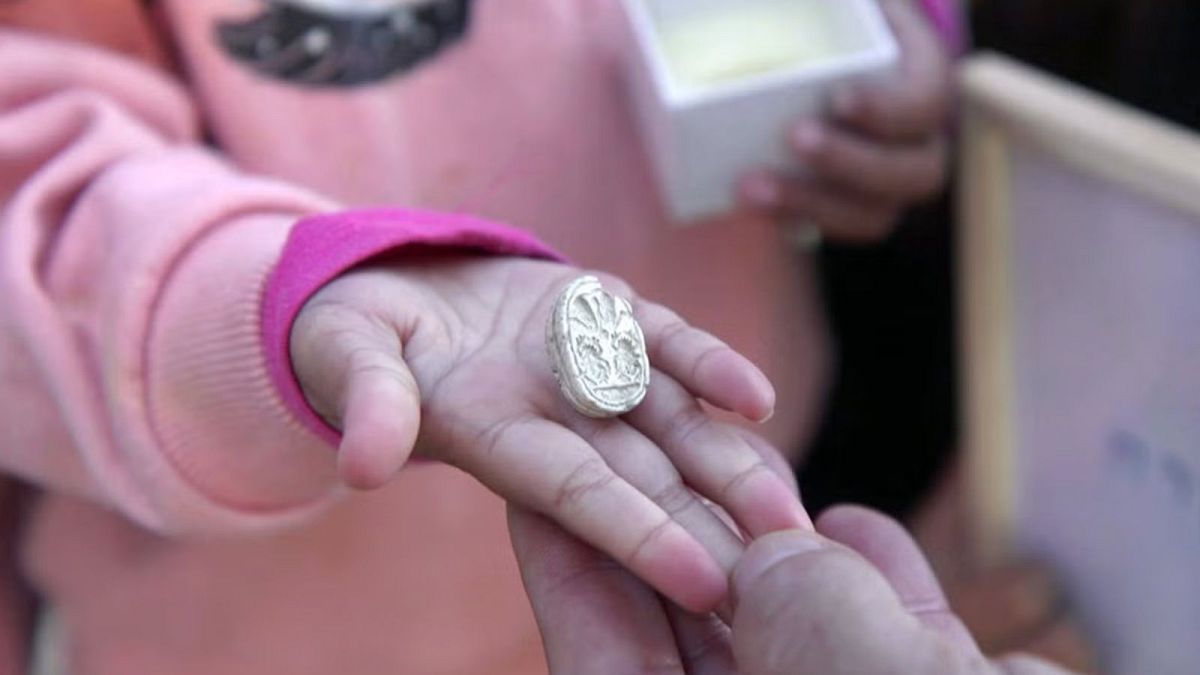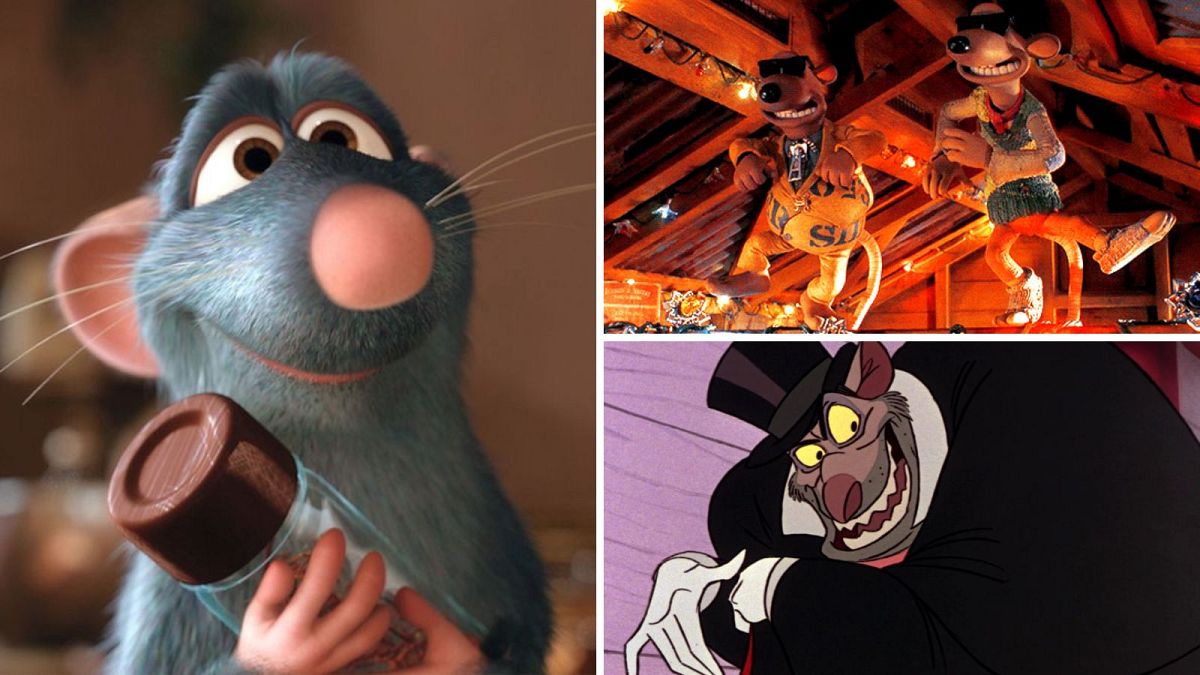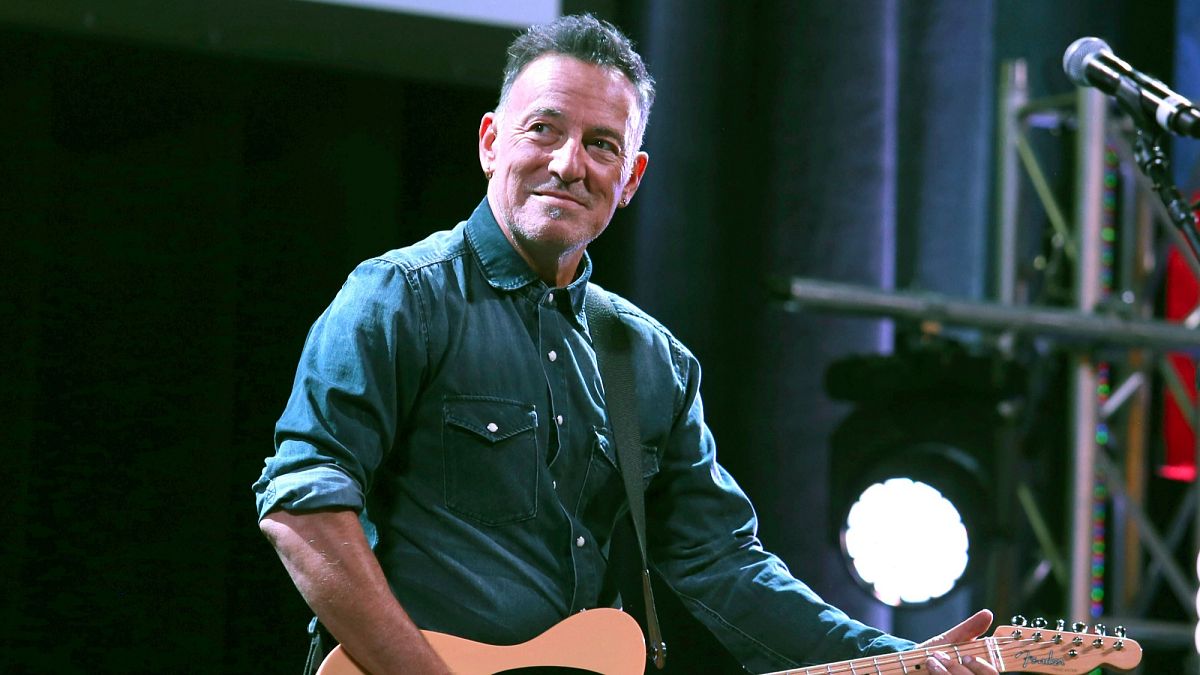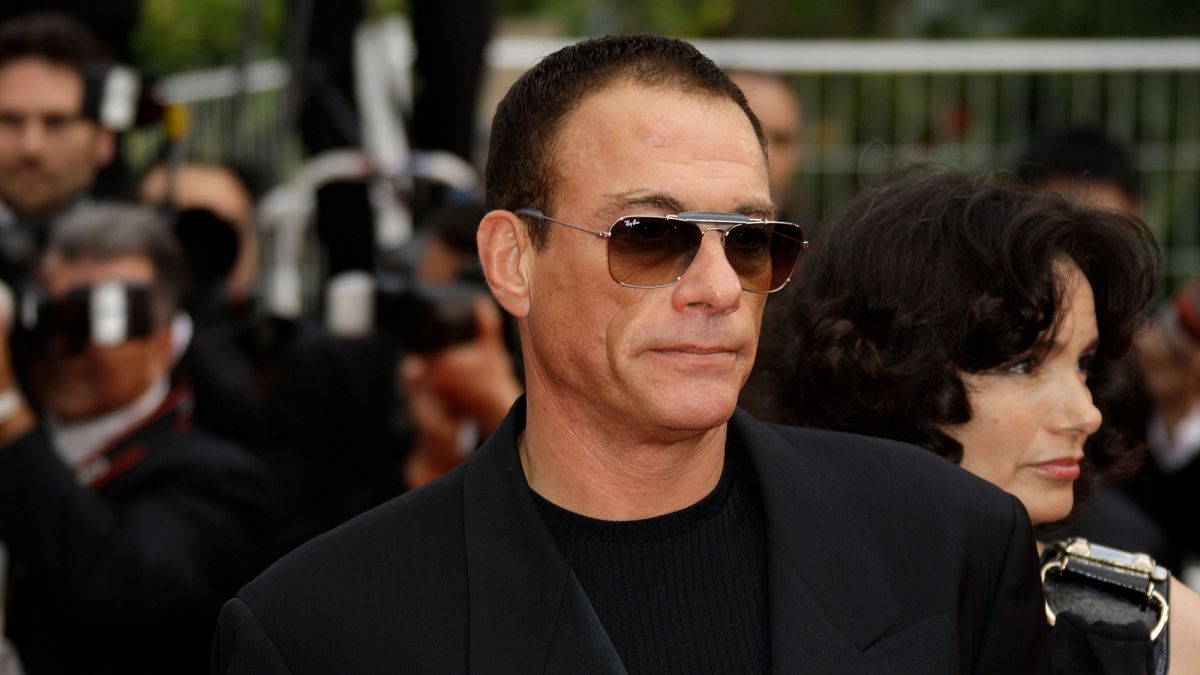The ranking was determined by a study monitoring audience's heart rates and BPM increases while watching horror films. But does this metric equate to "scariest"? Debatable.
“What’s your favourite scary movie?” Ghostface repeatedly asks his victims.
Well, that’s a matter of preference, but if you (and possibly whoever’s donning the Scream franchise disguise) were wondering what the scariest scary movie is, ponder no more.
The Science of Scare study, now in its fourth year, tracks the pulses of hundreds of volunteers, who watch hours of English-language horror movies whilst fitted with heart rate monitors.
Not a bad gig... But despite some jealousy here at Euronews Culture, several of us are hardened dreadheads, so we’d just mess up the study with our steady heartbeats.
The Science of Scare Project monitors the heart rates of the 250 participants to establish a Scare Score system, which combines both heart rate (measured in beats per minute - BPM) and heart rate variance (HRV - measured in milliseconds), which measures the time in between each beat of your heart.
According to this year’s study, the scariest horror film of all time is Scott Derrickson’s 2012 supernatural horror, Sinister.
The audience experienced a 34 per cent uplift in heart rate on average when watching the movie - from 64 resting BPM up to 86 movie BPM, with the films scariest moment sending hearts pounding to 131 BPM. HRV dropped by 21% among viewers. Both combined to give Sinister a chart-topping Scare Score of 96 out of 100.
Here’s the list of the 20 scariest horror movies according to the study:
- Sinister
- Host
- Skinamarink
- Insidious
- The Conjuring
- Hereditary
- Smile
- The Exorcism of Emily Rose
- Talk To Me
- Hell House LLC
- The Conjuring 2
- It Follows
- The Dark and the Wicked
- The Descent
- Paranormal Activity
- The Babadook
- A Quiet Place 2
- The Autopsy of Jane Doe
- Insidious 2
- Oddity
As you can tell, the list is largely dominated by modern horror films, and the only 2024 release to break into the Top 20 happens to be one of our favourite horror films here at Euronews Culture.
Damian McCarthy’s Irish supernatural thriller Oddity, which follows a blind psychic investigating the death of her twin sister, tallied a resting BPM of 64 and a movie BPM of 77, with the highest BPM spike being 108. The fright-filled feature was the main winner at this year’s Lisbon Horror Film Festival, MOTELX, where it bagged the Meliès d'Argent, which rewards the best European film.
Stay tuned to Euronews Culture as next week, we’ll be publishing our list of favourite underseen horror films of the past 10 years – just in time for Halloween. You can probably guess McCarthy’s film will make the cut.
The Science of Scare Project list also features films which privilege jump scares – which seems only natural considering the methodology is centred around heartbeats.
However, while well-structured jump scares like in Oddity are always welcome, they are often considered by horror fans as a cheap and overused tactic to illicit easy frights.
What is a jump scare and why do they get such a bad rep?
It’s when something suddenly appears on screen, reaching out of nowhere to shock you. They are usually prefaced by quiet and then a sudden obnoxious sound effect that will have you jumping out of your seat.
The momentarily effective tactic is good for a quick adrenaline rush, but it can’t be denied that the jump scare finds itself at the intersection between being startled and actually being scared.
Spoiler: it’s usually the tension-murdering former.
Jump scares are too often used for instant shock value and because so many recent horror films rely on them too heavily, they feel unearned and even predictable. This renders the scare as nothing more than a cattle prod tactic that too frequently bypasses character and plot within the film, as well as the viewer’s sense of internal logic, as it works purely on reflexes and people’s startle response.
The moment ends up feeling like a get-out alternative when a filmmaker can’t come up with a more creative scare or sustain more long-term unease.
Still, as much as ubiquity in modern horror has given the jump scare a bad reputation, some horror movies know how to effectively use the technique to properly scare, as opposed to temporarily startle. Like all maligned tropes, there are some redeeming ones that show there is an art to perfecting a calibrated jump scare.
There’s the audience-wrongfooting Lewton Bus (considered the first jump scare) in Cat People (1942); Mrs Bates suddenly immerging from the darkness and getting knife happy on the detective in Psycho (1960); Ben Gardner's bloated corpse popping out from the hole in his sunken boat in Jaws (1975); that long shot in the hallway of a hospital in The Exorcist III (1990), which is a masterclass in camera placement, tension-building and last frame editing; and never has an unexpected cough been so shocking than in Se7en (1995).
Looking at the Science of Scare Project list, films like Oddity, The Autopsy of Jane Doe, The Babadook, The Descent and It Follows are also strong examples of films that go beyond short-term jolts and successfully utlize jump scares to purposefully complement the plot.
Ultimately, like any tool, the more you use jump scares, the duller they get. And much like comedy, it comes down to the need for a proper set-up, timing, and a merited pay-off.
Do heart rate modulations necessarily equate to a film being the scariest? It's a valuable metric, but not necessarily synonymous with films that manage to burrow under your skin and set up camp. Those are the long-term scariest.
Do you agree with this year’s Science of Scare list? And which pulse-raising films will you be revisiting come Halloween this year?

 5 months ago
62
5 months ago
62






 We deliver critical software at unparalleled value and speed to help your business thrive
We deliver critical software at unparalleled value and speed to help your business thrive






 English (US) ·
English (US) ·